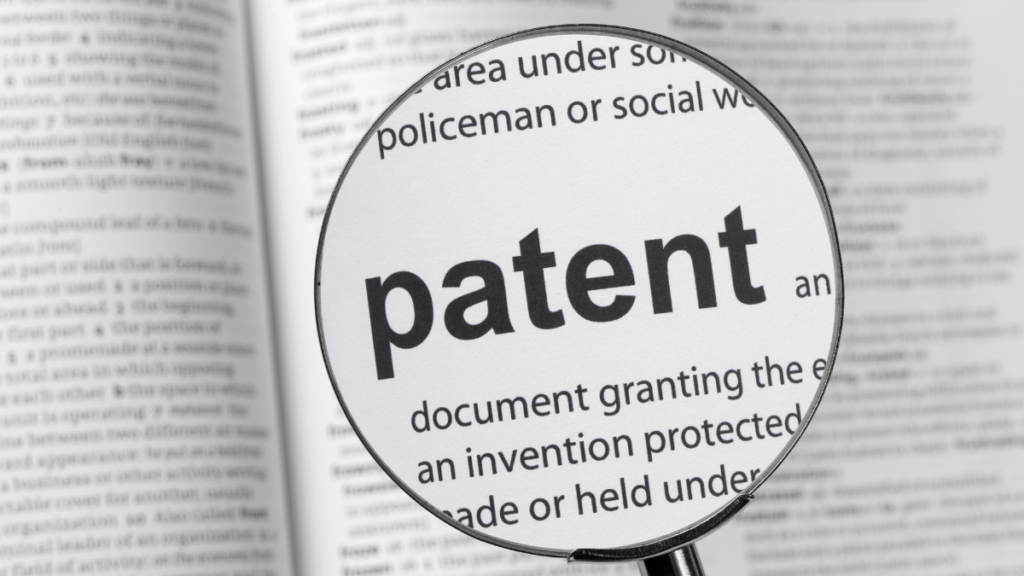Businesses often promote novel designs, innovative ideas, and methods to produce revenue-generating services and products. Intellectual Property Rights, like patents, usually protect these speculative assets. However, just protecting Intellectual Property (IP) is not enough to remain competing. Businesses with a strong IP strategy also want to track and control their competitors’ IP regularly. So let us discuss how companies can use patent monitoring to trace their competitor’s patent filing and innovate better.
Introduction to Patent Monitoring-
The quick pace of modernization describes the current industrial situation. Hence it is not wrong to say that modern technologies are exploring identification in the market at a phenomenal rate. Therefore, patent monitoring is an essential tool for assessing the Intellectual property of competitors.
Under such a situation, patent monitoring permits businesses to watch their own and competitors’ patents to recognize threats and opportunities ahead. It helps organizations to stay refreshed about changes, existing patents, and patent filings of their competitors. In addition, it enables them to know new participants in the business section.
By controlling patents of interest, you can collect essential data for your business plan. The data will enable you to understand opportunities, make healthier decisions, and decide whether to object or question specific patent applications.
Significance of Patent Monitoring
Despite its significance, patent application monitoring has always been an open-ended struggle due to the number of patent applications required to be monitored at any given time. Patent monitoring is a necessary process that can include high-cost investment described to obtain access to databases.
Therefore, monitoring patent activity is an indispensable part of preserving your intellectual property portfolio and your company. While giant firms can easily opt for the method, small to medium-sized businesses want to thoroughly assess the need for patent monitoring to make their investments profitable. In all situations, the importance of the process cannot be highlighted enough.
Several organizations are actively filing patents for their creativity. Due to this improved patent filing, companies are increasingly needed to control their competitor’s patents.
Patent monitoring needs to be launched and should be shown to update competitors’ information continuously.
How Patent Monitoring Can Benefit Businesses
1. Adopting Patent Filings in the Area of Interest: Global leaders in the Intellectual Property sector have been using patent monitoring services and methods to obtain information about their competitors’ IPs. Also, it has aided them in acquiring more information about their particular technological regions of innovation.
By tracking patent filings in their area of interest, companies can better know their business patent landscape.
2. Identifying Special Interest Areas: Even if the appropriate technological domain sees excellent patent filing, there is always a great extent of novel innovation. These innovations can be recognized by continuously observing competitors’ patents. Also, intellectual property rights protection can be explored by embracing these particular areas of interest.
3. Holding an Eye Out for New Entrants: The menace of new entrants in technological realms is ever-growing. For example, the forecasted regions of the blockchain development technology market are enough to predict the entry of new players into this domain in the future. So, patent monitoring can help organizations design their technological environment and eye out for new participants who might become potential warnings.
5. Identify Infringing Technology: You can also pursue your competitor’s patent applications to recognize inventions that may act as a risk of violating your intellectual property or evaluate whether your company’s technology may present a danger of infringement on your competitor’s results. By recognizing possible points of infringement, you can build your patent applications around your competitor’s IP.
4. Predict Your Competitor’s Future Market Strategy: Patent filings can give insight into your competitor’s future market strategy and product offerings. Studying and examining filings enables you to foretell your competitor’s regulations and what technology they are seeking. This knowledge can allow you to predict your competitor’s future projects and, of course, correct your business or market strategy in response.
6. Measuring Liberty to Function: Connected patent monitoring also helps companies define their freedom to operate in various fields; to evaluate whether it is commercially safe for them to sell their product in a region without violating existing patent claims of any third party. Without such patent monitoring, an organization may unknowingly infringe third-party patents, leading to infringement litigation.
7. Predicting Market Strategies and Product Estimates: With deep knowledge of their particular technology domains and patent landscape, foretelling upcoming market trends and product changes becomes more accessible. In addition, by recognizing gaps in present inventions and products, patent monitoring can help businesses determine trends in market policies.
8. Recognizing the Jurisdiction and Outreach of Competitors: An efficient patent monitoring strategy exceeds geographical boundaries, allowing companies to have a comprehensive picture of their technological field. In addition, patent monitoring lists the jurisdiction in which competitors are filing patents. As a result, it helps them strive for similar patent protection coverage.
9. Payment of Patent Annuities: The patent monitoring process helps keep a record of unique patents being filed by competitors and the payment of patent annuities by them. If a competitor chooses not to replace protection for its particular patent, it may soon become antiquated. This data can be used by researchers who can then grow their innovations based on this update.
10. Recognize Areas for New Investment: Upon recognizing gaps in the discovery process of their opponents, businesses can strategically plan their investments into new developing technologies. With a precise and well-updated patent monitoring system, the method of recognizing these gaps becomes streamlined and straightforward.
Conclusion-
Constantly updating the information collected via patent monitoring can help companies develop their IP strategy, recognize threats from competitors and anticipate opportunities.
Also, since patent monitoring is a continuous process, its costs must be examined using a proper budgeting method. This will help the company to understand the trade-offs between satisfying patent monitoring and cost-saving.
Rational IP offers various targeted patent monitoring services, including monitoring competitors’ IP and eyeing unique technical areas.
Additionally, tracking your competitor’s patent filings gives you the strength to recognize untapped areas with a low estimate of filings. As a result, you can probably gain an IP space or technological edge over your competition.
Monitoring your competitor’s patent filings can be essential for startup companies seeming to scale instantly or for mid-sized or large companies seeking to develop into new technology fields.
Also, with the insight gleaned from a good Patent Advisor, you will be able to anticipate specific products, marketing, business strategy, and technological pivots to ensure that your company always stays one step forward.







